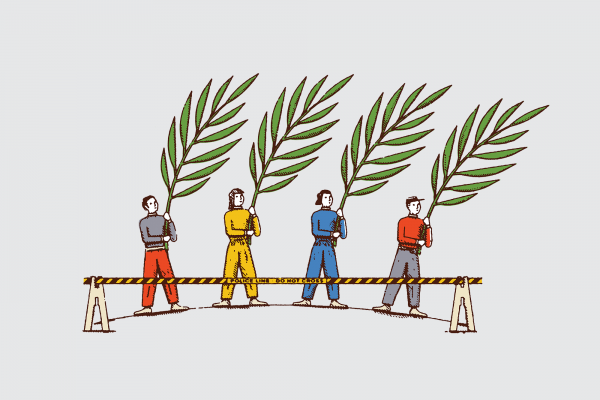IN LESS THAN two weeks in late 2019, three heads of government (in Iraq, Lebanon, and Bolivia) agreed to step down under pressure from mass protests. Earlier last year, long-standing military dictators in Sudan and Algeria were forced from power following popular uprisings.
On their own, these events are remarkable. What makes them truly extraordinary is that they came amid a worldwide protest wave from Hong Kong to Manipur to Chile that has toppled governments, led to new social policies, and challenged basic economic structures.
Authoritarian regimes are not protesters’ only targets. In Chile, considered an oasis of stability in South America, protests triggered by a hike in subway fares have grown into popular demands for an end to corruption and economic inequality. And the global climate movement has used walkouts, sit-ins, and civil disobedience to dramatize the need for urgent action. In each case, popular dissatisfaction with traditional institutional approaches has encouraged a turn to extra-institutional (and at times extra-legal) resistance.
Surprisingly, this proliferation of people-power movements has taken place amid a period of declining effectiveness for movements. While around 70 percent of major nonviolent movements in the 1990s succeeded, only around 30 percent did so from 2010 to 2017. Protests have been easier to start but more difficult to resolve. So, have the movements of 2019 broken these trends?
We link the declining rates of effectiveness and their potential reversal to the emergence of parallel global networks of protesters and repressive governments (both dictatorships and democracies), who use increasing access to global information to rapidly learn from one another. This means that ideas, symbols, and tactics that both help movements succeed and successfully suppress them spread quickly from their origins to other struggles. In the past, waves of successful protests often lasted years. What we are seeing now—and are likely to see more of in the future—are short, sharp waves of successful protests followed by short waves of failures.
Read the Full Article

